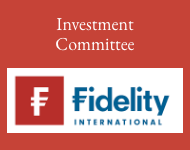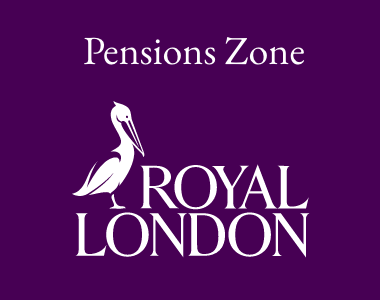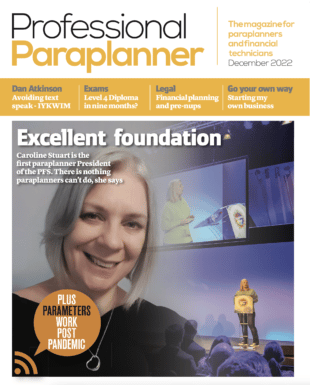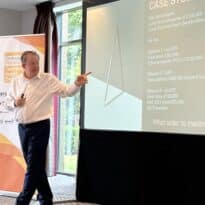Paraplanners can help ensure their firms deliver on at least one of the a key objectives of Consumer Duty, says Richard Cooper, business development manager at The London Institute of Banking & Finance.
With the Consumer Duty implementation date of 31 July fast approaching, the FCA are strongly emphasising the need for firms to be able to demonstrate and evidence what actions they have taken to achieve the four expected outcomes.
The new Consumer Principle 12, stipulating that a firm “must act to deliver good outcomes for retail clients”, has been broken into three specific cross-cutting rules about how firms behave towards retail customers. They must:
• act in good faith
• avoid foreseeable harm and
• enable their financial objectives.
The rules apply across four named outcomes: Products and Services, Price and Value, Consumer Understanding and Consumer Support.
Paraplanners could get involved in helping their advisers to meet each of the outcomes. It is fair to say they will be heavily involved in Consumer Understanding and have a role to play in demonstrating that the Price and Value for the services received are satisfactory.
The Consumer Understanding outcome rules
The Consumer Understanding outcome rules retain the obligation under Principle 7 for firms to communicate information in a way which is clear, fair and not misleading. But they also go further than Principle 7 by requiring firms to:
• support their customers’ understanding by ensuring that their communications meet the information needs of customers, are likely to be understood by customers intended to receive the communication, and equip them to make decisions that are effective, timely and properly informed
• tailor communications to the characteristics of the customers intended to receive them – considering potential vulnerability, the complexity of products, the communication channel used, and the role of the firm
• when interacting directly with a customer on a one-to-one basis, where appropriate, tailor communications to meet the information needs of the customer, and ask them if they understand the information or have any further questions
• test, monitor and adapt communications to support understanding and good outcomes for customers.
How paraplanners can help
Paraplanners typically write the suitability reports which are a critical touchpoint for clients. If suitability reports are written well, enabling clients to make better informed decisions, then a key objective Consumer Duty is being met.
The Final Non-Handbook Guidance on the Consumer Duty FG22/5 has a lot of helpful and relevant information for firms to help them understand their obligations.
The Duty recommends putting yourself “in your client’s shoes” when writing to check the comprehensibility of what you’ve written.
I have read the guidance in detail and listened to the FCA’s podcasts on consumer understanding outcomes. In summary the following hints and tips will help demonstrate that you’re achieving the desired outcomes.
Use simple English – technical financial language shows you understand, but it is less likely to be understood by clients.
Use layering – make sure that the top layer contains all the essential points – attention spans drop as clients read through long reports.
Check the relevance – you can edit out irrelevant fields from generic templates to unclutter them and personalise the communication to the individual client.
Enhance client engagement – graphs and other visual aids make information easier to digest and remember.
Signpost the content – lead your client’s eye with relevant subheads, bullet points, and key numbers.
Avoid acronyms – abbreviations for products or industry bodies should be avoided – never assume readers know what you know. Consider including a glossary for complex communications.
Check coherence – examine all links to ensure the language used in destination pages is consistent with the language you use in your communication.
Check client understanding – this should not be just a tick box, ask them to confirm what their understanding is and for more complex solutions ask them to explain what the recommended solution is and how it meets their objectives in their own words.
Consider asking if there are any areas they don’t understand or require more information on.
This lets the client confirm they have understood, and creates FCA-friendly evidence.
Tailoring communications
The FCA are requiring that firms “tailor” all communications to clients and you need to be mindful that one size no longer fits all. This applies to all communications and not just suitability reports.
To achieve this outcome consider the following.
Be individual – write with awareness of an individual’s needs (what information they need) and abilities (how capable they are of understanding it), as far as possible. This is vital with vulnerable customers.
Be flexible – you need to be able to address different target market groups differently eg, using simpler language for mass market products.
Be vigilant – it’s important to communicate clearly if a client needs to take action to avoid financial harm, providing clear instructions and contact details.
Be timely – you must be aware of the product’s lifecycle, especially at critical times such as contract breakpoints.
Monitoring communications
The Duty requires that adviser firms must monitor all their communications and regularly test their efficacy.
Paraplanners can help by arranging surveys, interviews, A-B tests or even focus groups to test and report on client understanding.
Once the outcome of the efficacy testing is known, clearly record what actions have been taken as a result and you will have most of the evidence the FCA is likely to ask for.






























